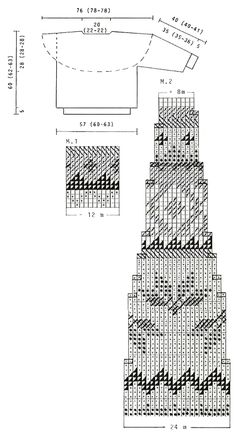A new more pragmatic generation of space exploration researchers has outfitted its small crew with a key new piece of technology: Icelandic sweaters. Four heavy, somewhat misshapen pullovers, differently-hued radial patterns across their chests, literally redolent of peat smoke and wool, of human sweat. The world’s television screens have fixed upon these lumpy traditional garments as totems of restored hope.

After nearly a decade this new mission, scheduled to execute moments from now, marks only the fourth trip into the reaches using a method known as leaping. Three prior deep space leaps have been tragedies, from which the crews have returned, because of the way that leaping must work, without any memories of the voyage. The data collected from devices about reaches of space previously unavailable to us is unimaginably rich, opening whole new fields of inquiry and research. But the leapers themselves have had nothing to tell us, nothing about what it’s like so far beyond the Earth and our solar system, what they’ve experienced. The world has wept at the grim, now-familiar images of the last three crews, emerging from the vessels in silver space suits, staring literally like idiots, unable to recall any details about their trip, or indeed anything from the lives they lead before they left for space. Some eventually regain their memories. Others, unfortunately, have come back lost to us utterly.
The Icelandic sweaters represent a very different approach to leaping. A return to earlier modes of travel, to a human-based program and a literal disenchantment with the garish silver metal rockets of the 1950s, the glass geomes and other basic shapes of the early 2020s. This time on our terms, the sweaters say: as humans, our outsized brains floating in liquid, our minds so prone to worry and to wander, our fragile skins.
Wool, it turns out, is very good at repelling solar radiation in space. No one knows why. The sheep in Iceland so close to what’s left of the intense ice sheets, the polar light of the North. Much more important, however, may be the actual feel of the sweaters, the deep odor of Icelandic wool, the talismanic wholesomeness they afford their wearers.
Wool sweaters are earthy. That’s the main thing. We believe that the astronauts now waiting to launch in thick traditional wool sweaters will retain more of themselves on this flight, and will share something real to us upon return.
This obsession with the future, we realize now, was about forgetting! Of course our astronauts would come back blanked. We would never conquer the reaches with fantasy. Silver shiny is not us. We’re wiser now. What had this abandonment of ourselves gotten us, this fetish of sleek and futuristic, the shiny Will Robinson fantasies? Making it there and back wasn’t a matter of faster vessels, more leap drive, or dilithium crystals. It was a matter of being able to maintain yourself, to keep your self organized. To feel and be present, no matter what.
To travel through distances any greater than to our own moon, you just need to leave the earth’s orbit with your space craft–almost any craft will do here–and then, working together, leap into the reaches with what’s more like a shared mental exercise than a spatial journey.
The astronauts stride into the small capsule. They know they are risking their lives, their memories, what makes them human. Researchers are already investigating an even stronger formula of Icelandic sweaters and Spanish rioja wine.